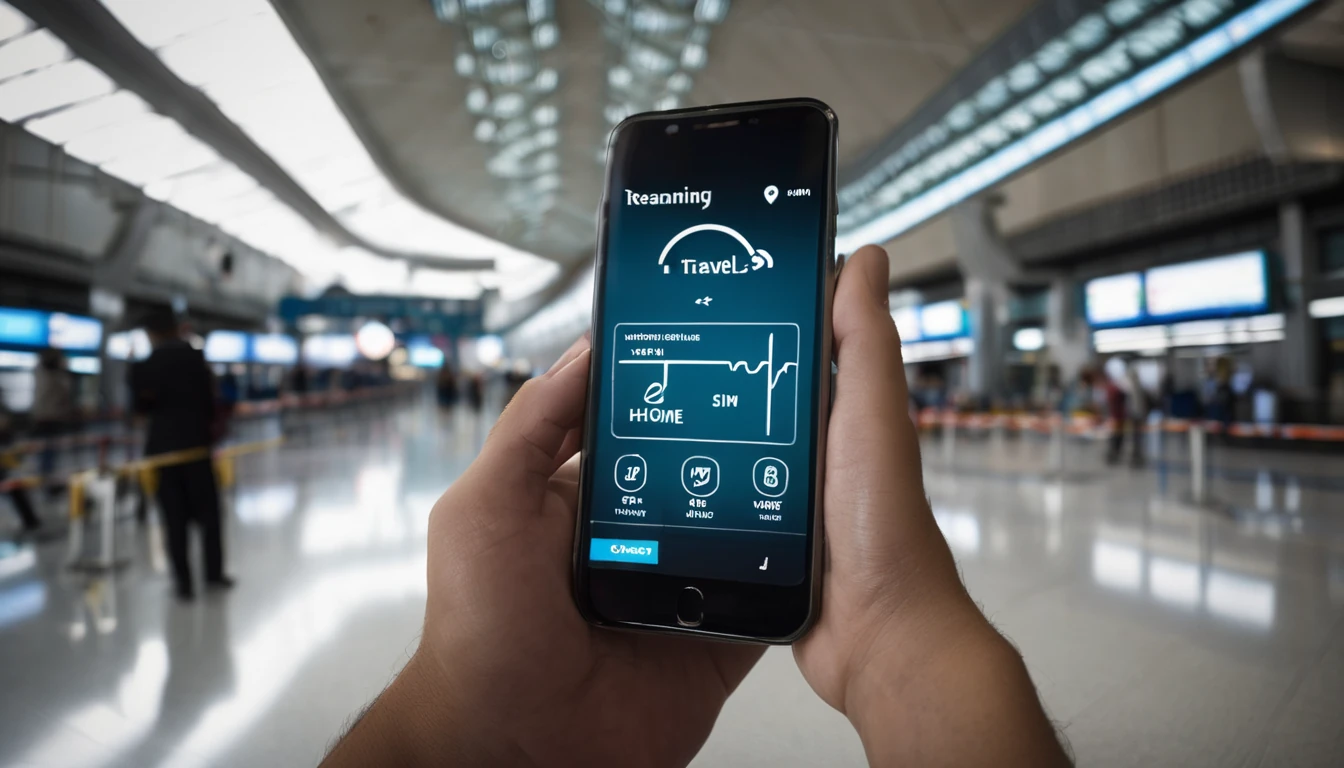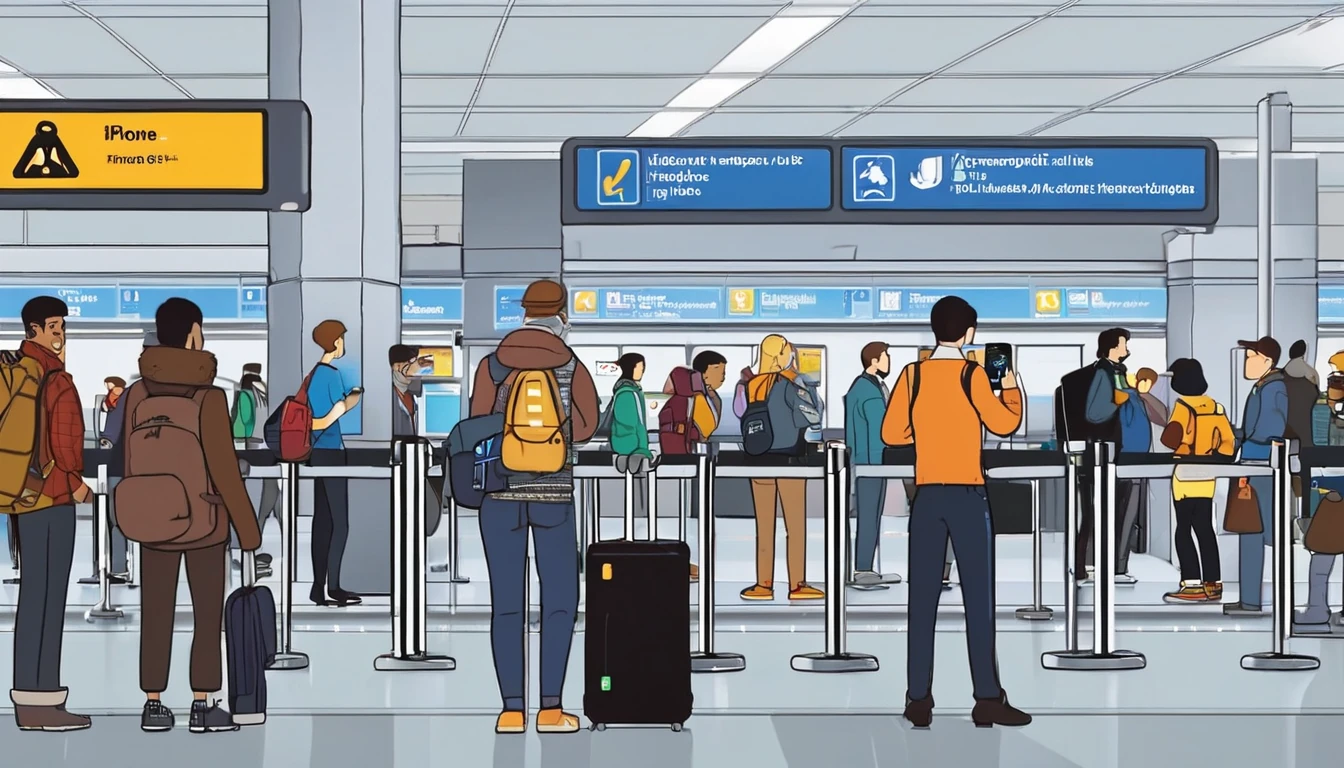This holiday season we’re introducing family eSIM deals designed for real-world travel: shared data, simpler management, and clear costs. Our Family Packs let 2–5 travellers share one data pool across multiple eSIM lines in the same region, with per-person caps and pause/resume controls so you never blow the budget. It’s built for parents who want oversight without micro-managing, and for groups who’d rather spend time exploring than hunting for Wi‑Fi.
Choose a destination or region, invite your family members, and manage everyone in one place. Pricing scales fairly as you add lines, and top-ups take seconds if you need extra GB. The promo runs through the peak holiday period with flexible activation into early 2026. Coverage spans the most popular destinations including the US, Europe, and North America. Keep your usual number for calls and messages; use the eSIM for fast local data. Read on for dates, pricing examples, set-up steps, and smart parental control tips.
What’s included in the Family Pack
- 2–5 eSIM lines under one pack, sharing a single data pool
- Per-line data caps, usage alerts, and pause/resume controls
- Region-optimised networks with 4G/5G where available
- Hotspot/tethering supported on most networks (admin can disable)
- Instant top-ups that apply to the shared pool
- One checkout; one receipt; one place to manage the trip
Pro tip: - Install the eSIMs at home over Wi‑Fi before you fly. Activate data when you land to preserve validity.
Promo eligibility and key dates
- Booking window: 1 November 2025 – 31 January 2026
- Activation window: activate any time up to 31 March 2026
- Who qualifies: families or groups travelling together (2–5 lines per pack)
- Regions: United States, single-country Europe (France, Italy, Spain), Western Europe multi-country, and North America bundles
- Payment: major cards and digital wallets
- Fair use: speeds and hotspot support may vary by network and device; coverage depends on local operators
Check coverage and supported locations on Destinations.
Pricing examples for 2–5 lines
The Family Pack uses a simple model: a region-specific base pack includes data for two lines, then you add extra lines for a small per-line fee. You can top up the shared pool if you need more.
Note: All prices are promotional and may vary by tax and currency. Examples assume standard validity windows.
United States family eSIM deals
A practical option if you’re road-tripping or visiting multiple cities. See regional details on Esim United States.
- Base pack (2 lines): 20 GB, 15 days — USD $29
- Extra line (each, up to 3 more): USD $8
- Top-up: +10 GB — USD $10
Examples: - 2 lines: $29 total (20 GB shared)
- 3 lines: $37 total (20 GB shared)
- 4 lines: $45 total (20 GB shared)
- 5 lines: $53 total (20 GB shared)
Need more GB? Add +10 GB for $10 at any time. Top-ups instantly expand the shared pool for everyone.
Western Europe multi-country
Ideal for multi-city rail trips. Coverage across popular destinations—see Esim Western Europe.
- Base pack (2 lines): 30 GB, 14 days — EUR €39
- Extra line (each, up to 3 more): €9
- Top-up: +10 GB — €12
Examples: - 2 lines: €39 total (30 GB shared)
- 3 lines: €48 total (30 GB shared)
- 4 lines: €57 total (30 GB shared)
- 5 lines: €66 total (30 GB shared)
North America (US + Canada + Mexico)
Best for cross-border holidays. See coverage notes on Esim North America.
- Base pack (2 lines): 25 GB, 15 days — USD $39
- Extra line (each, up to 3 more): $9
- Top-up: +10 GB — $12
Examples: - 2 lines: $39 total (25 GB shared)
- 3 lines: $48 total (25 GB shared)
- 4 lines: $57 total (25 GB shared)
- 5 lines: $66 total (25 GB shared)
Single-country Europe (France, Italy, Spain)
City breaks or resort stays—single-country simplicity. Learn more: Esim France, Esim Italy, and Esim Spain.
- Base pack (2 lines): 15 GB, 10 days — EUR €19
- Extra line (each, up to 3 more): €6
- Top-up: +5 GB — €6
Examples: - 2 lines: €19 total (15 GB shared)
- 3 lines: €25 total (15 GB shared)
- 4 lines: €31 total (15 GB shared)
- 5 lines: €37 total (15 GB shared)
Pro tips: - For photo-heavy travellers, start with the higher‑GB region packs or plan for one top-up mid-trip.
- If your trip is longer, run back-to-back packs (e.g., two 14‑day Western Europe packs) to keep costs predictable.
How shared data works
- One pool for the whole pack: All lines draw from the same GB allowance.
- Per-line caps: Set a per-person limit so one heavy user can’t drain the pool.
- Pause/resume: Temporarily pause an individual line (e.g., for bedtime or museum hours).
- Top-ups: Add GB to the same pool at promo rates, instantly.
- Validity: Each pack has a fixed validity per region. The clock starts when the first line in the pack activates data on‑network.
- Rollover: Unused GB do not roll over after expiry.
Step-by-step: set up in minutes
1) Choose your region
- Browse Destinations. Pick the United States, Western Europe, North America, or a single-country pack.
2) Build your Family Pack
- Select the number of lines (2–5) and validity window. Add any expected top-ups now or later.
3) Checkout
- Pay once for the whole pack. You’ll receive QR codes and invite links for each member.
4) Invite your family
- Share each member’s QR code or invite link. They install their eSIM over Wi‑Fi in Settings.
5) Activate on arrival
- When you land, turn on the new eSIM’s data. The pack validity starts from the first line to go on‑network.
6) Set controls
- In the pack dashboard, set per-line caps and alerts. Pause a line any time and unpause with one tap.
Parental controls that actually help
Keep kids connected for maps and messaging without runaway usage.
Admin controls in the Simology pack: - Set a per-line data cap (e.g., 3 GB for each child).
- Pause a line temporarily (e.g., at night).
- Disable hotspot/tethering for specific lines if needed.
- Turn off roaming for a child’s line after you return home.
On-device tips: - iPhone (iOS): Settings > Mobile Data > select the travel plan > enable Low Data Mode; use Screen Time to limit high‑usage apps.
- Android: Settings > Network & Internet > SIMs > select the travel eSIM > set Data Saver; set data warning/limit under Data usage.
- Both: Disable background app refresh for photo backup apps until on hotel Wi‑Fi; keep automatic cloud photo sync off when roaming.
Checklist for parents: - Install all eSIMs at home.
- Set per-line caps before travel day.
- Agree family rules: upload photos on hotel Wi‑Fi; maps/music are fine on cellular.
- Show kids how to toggle Wi‑Fi Assist/Smart Network Switch off to avoid accidental cellular use.
When to choose a Family Pack vs individual plans
Choose a Family Pack when: - 2–5 travellers are on the same itinerary.
- You want one shared pool with predictable costs and controls.
- You prefer a single checkout and centralised management.
Choose individual plans when: - Travellers are splitting up for different countries/lengths of stay.
- One person needs significantly more data than the rest (consider a Family Pack plus one high‑GB individual plan).
Planning a team offsite or school trip? Our business controls and consolidated billing may fit better—see For Business.
Coverage and where it works
- United States: Nationwide coverage with 4G/5G in major cities. See plan details on Esim United States.
- Western Europe: Designed for multi-country travel—check supported countries and fair use on Esim Western Europe.
- North America: US, Canada, Mexico in one pack—see Esim North America.
- Single-country Europe: Explore specifics for Esim France, Esim Italy, and Esim Spain.
For everything else, browse Destinations to match your itinerary.
Partners and travel planners
If you’re a tour operator, creator, or agency wanting to bundle Family Packs into holiday packages, join our Partner Hub for referral tools and co‑branded materials.
FAQs
1) Which phones work with Family Packs?
Any eSIM‑compatible iPhone or Android handset. Most recent iPhones (XS or newer) and many flagship/mid‑range Androids support eSIM. Each traveller needs an unlocked device.
2) Can I mix iOS and Android in one pack?
Yes. The shared pool and admin controls are platform‑agnostic.
3) Can I add a line after purchase?
Yes, up to a maximum of five lines per pack. New lines inherit the pack’s remaining validity and shared pool.
4) What happens if we run out of data?
Data stops when the shared pool reaches zero. Add a top‑up (e.g., +10 GB) in a few taps; it becomes available instantly.
5) Do unused GB roll over or can I extend validity?
Unused GB do not roll over. To extend your stay, either add another pack or schedule a second pack to start when the first ends.
6) Will WhatsApp and iMessage keep my number?
Yes. Your phone number stays tied to your primary SIM; the eSIM is for data. Apps like WhatsApp and iMessage continue to use your existing number.
The small, useful print
- Speeds depend on network conditions, device, and location. 5G is available in select areas.
- Hotspot is supported on most networks but may vary; you can disable it per line in the admin controls.
- Per-line caps help manage usage but won’t limit data consumed while a device is offline from reporting; allow a small buffer if you need a strict cap.
- Taxes may apply in some regions. Prices above show promotional examples and can change during the offer window.
Next step: choose your region and build your Family Pack on Destinations.




